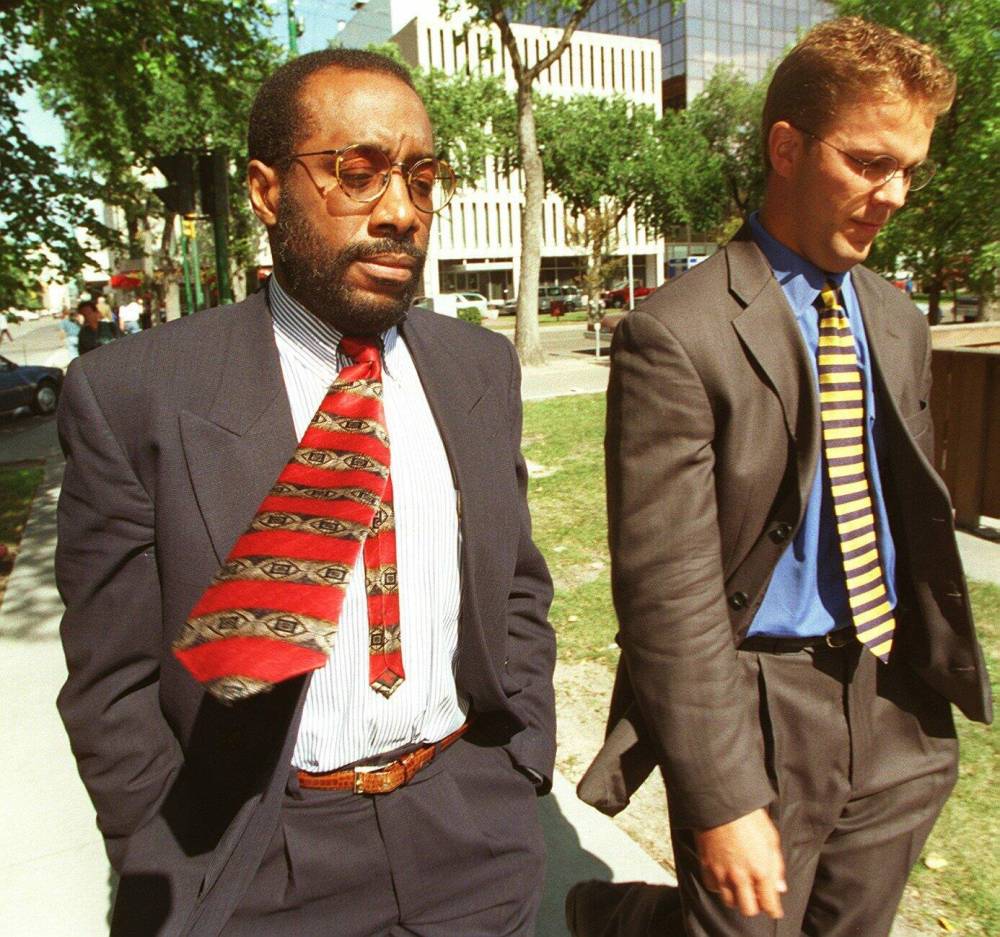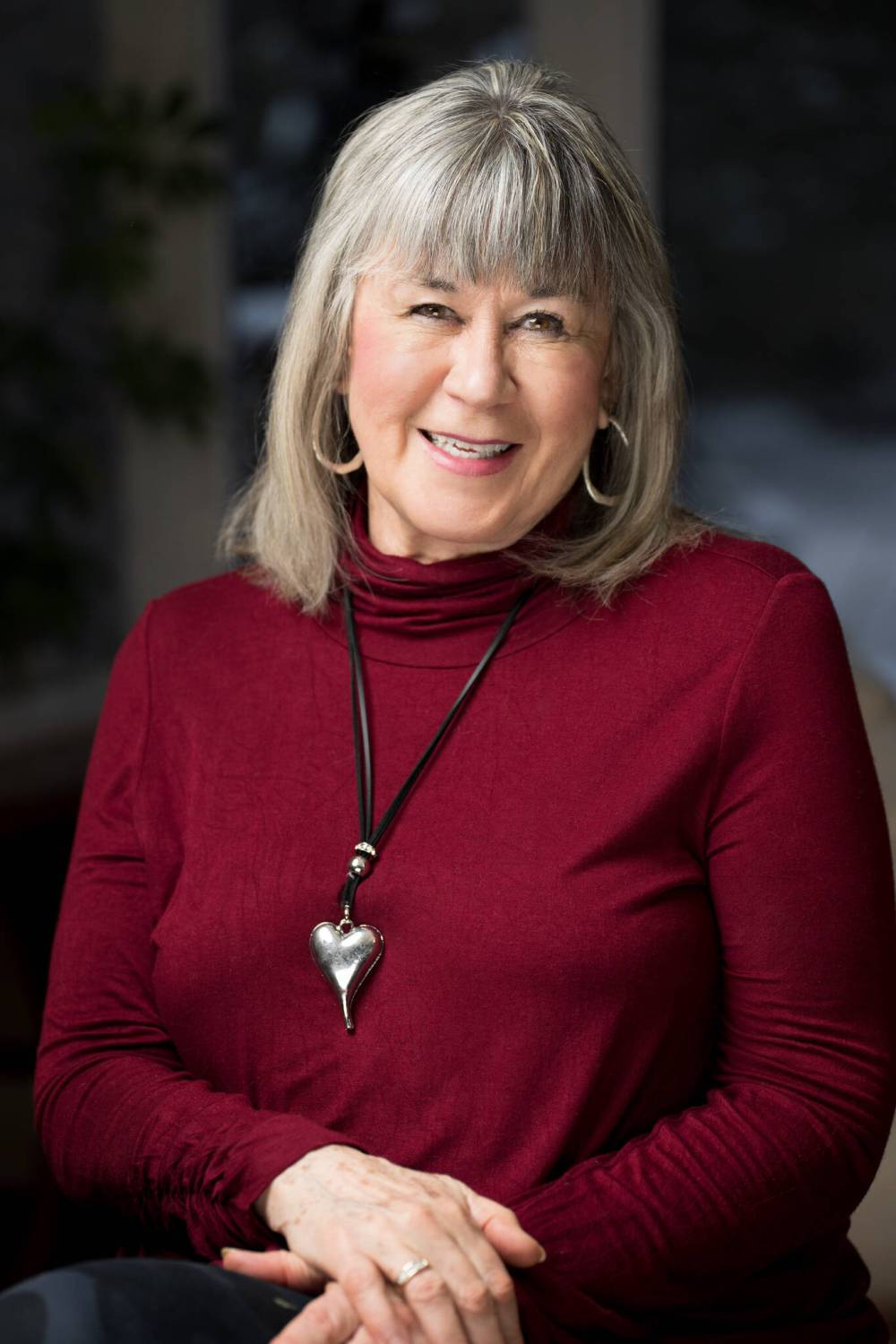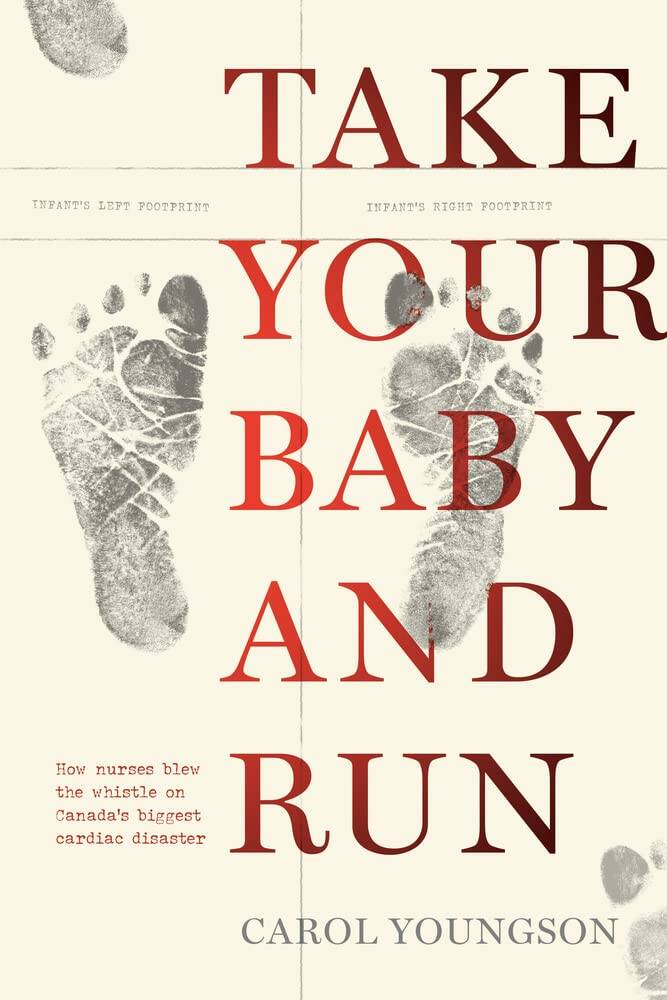Tiny tragedies
Infant deaths at Children’s Hospital chronicled in nurse’s heartbreaking account
Advertisement
Read this article for free:
or
Already have an account? Log in here »
To continue reading, please subscribe:
Monthly Digital Subscription
$1 per week for 24 weeks*
- Enjoy unlimited reading on winnipegfreepress.com
- Read the E-Edition, our digital replica newspaper
- Access News Break, our award-winning app
- Play interactive puzzles
*Billed as $4.00 plus GST every four weeks. After 24 weeks, price increases to the regular rate of $19.00 plus GST every four weeks. Offer available to new and qualified returning subscribers only. Cancel any time.
Monthly Digital Subscription
$4.75/week*
- Enjoy unlimited reading on winnipegfreepress.com
- Read the E-Edition, our digital replica newspaper
- Access News Break, our award-winning app
- Play interactive puzzles
*Billed as $19 plus GST every four weeks. Cancel any time.
To continue reading, please subscribe:
Add Free Press access to your Brandon Sun subscription for only an additional
$1 for the first 4 weeks*
*Your next subscription payment will increase by $1.00 and you will be charged $16.99 plus GST for four weeks. After four weeks, your payment will increase to $23.99 plus GST every four weeks.
Read unlimited articles for free today:
or
Already have an account? Log in here »
Hey there, time traveller!
This article was published 14/10/2023 (733 days ago), so information in it may no longer be current.
The famed cultural anthropologist Margaret Mead was fond of saying that individual events that change our world are usually accomplished not by a host of people, but a few.
Meet one of the comparative few.
Take Your Baby and Run is Carol Youngson’s first-person account of the heartbreaking medical disaster 29 years ago in a Winnipeg hospital that at the time was as sick as its patients.
Youngson lives in Winnipeg. This is her first book and a good one. It contains lessons worth repeating for everybody in health care today and is an account of one of the biggest blunders in Canadian medical history.
In 1994, Youngson was charge nurse in the pediatric cardiac surgery unit at Winnipeg’s Children’s Hospital at the Health Sciences Centre. The hospital hired a surgeon from the U.S., Dr. Jonah Odim, for this special unit. He quickly proved incompetent — in 10 months, 12 of his tiny heart patients died in or after his surgery. It was later judged 10 of these kids might have lived had they received better care or been treated at a larger hospital. Youngson and other nurses witnessed these surgeries. They were shocked.
Youngson’s attention to detail in this hospital nightmare is impressive, and her sympathy for the parents of these dead babies and kids is demonstrably genuine and lasting. Her play-by-play of the operations she saw is so intimate you risk weeping as these little bodies die on the operating table or shortly after.
Youngson recounts that in one instance a two-year-old died after an artery that carried blood to her brain was mistakenly sewn shut by Odim.
An inquest sparked by the 12 deaths concluded that Odim’s recruitment and hiring “was marked by flawed procedures.”
It turns out that before hiring Odim, administrators didn’t see him operate, so they couldn’t verify for themselves the calibre of his surgical skills. Later, experts at the inquest testified that Odim’s one year of training in pediatric cardiac surgery was inadequate for the Winnipeg job. Before Winnipeg he had never done many of the complex surgical procedures alone.
Youngson explains that after Odim’s first three surgeries, nurses complained that they were bullied, told not to question authority and, in a final insult, labelled as “typical women” incapable of controlling their emotions. Doctors outside their unit to whom they complained in desperation said they didn’t want to get involved.
Joe Bryksa / Winnipeg Free Press files In this 1997 photo, Dr. Jonah Odim (left) and his lawyer arrive at a Winnipeg courthouse for a hearing into the deaths of 12 children in 1994
at the Children’s Hospital at Health Sciences Centre.
The deaths began in March 1994. When anesthetists refused to work with Odim, the program was paused in May before being restarted in August due to pressure levelled by the heads of the hospital. The unit was a symbol of prestige in the hospital world and they did not want to lose it.
After the 12th death in December, the unit was closed again. The hospital shut it down permanently shortly thereafter; ever since it has been sending patients to pediatric cardiac units in Edmonton and Vancouver.
In a subsequent inquest ordered in 1995 by Manitoba’s chief medical examiner, which took five years to complete, the complaining surgical nurses were heralded by the presiding judge as exemplary.
Justice Murray Sinclair said these nurses were absolutely right to complain; he laid the blame not only on the surgeon, but also on the heads of the hospital and their bureaucracy. He completely exonerated the nurses.
Some years later, Manitoba’s chief medical examiner hired Youngson as one of his investigators. She is now retired.
Take Your Baby and Run is far from a bedtime story. It is a well-written chronicle of a deadly combination of two factors — a surgeon lacking the required skills and a haphazard management style that made pediatric cardiac medicine about as much a team effort as chess.
Youngson quotes Justice Sinclair: “The program continually undertook cases that were beyond the skill and experience of the surgeon and his team.”
There were additional problems plaguing the surgery as the inquest discovered — systemic weaknesses, among them blurry reporting lines and poor communication that left this new surgeon feeling he was alone.
The inquest determined parents of the dead children had been assured the cardiac team had “the skills and experience necessary to treat their children’s complex lesions.” Meanwhile, parents were not given enough information for them to give fully informed consent.
Aaron Ives photo Carol Youngson
Dr. Odim went back to the U.S. The inquest involved well over 80 witnesses and 50,000 pages of written evidence. What frustrated parents was that inquests in Manitoba don’t establish who is at fault — they only examine circumstances and recommend how to correct them. The parents asked for a full inquiry to find out who was to blame for the death of their children, but the province said no.
The nurses on the pediatric cardiac team had become increasingly alarmed at Odim’s performance in surgery and suspicious of his abilities “that led them to voice serious and legitimate concerns.” They were ignored, because the nurses were not considered “full and equal members of the surgical team.”
Nurses are now included on physician interview panels, also have assumed duties once reserved only for physicians and, says Youngson, the knowledge and education gap between physician and nurse has shrunk.
“Nurses take on a huge amount of responsibility and are accountable for their professional conduct,” she writes, “but they still have very little power to affect change within the system. There is still reluctance within the health care system to accept nurses as professional equals.”
Barry Craig is a retired journalist.
Carol Youngson launches Take Your Baby and Run on Friday at 7 p.m. at McNally Robinson Booksellers’ Grant Park location, where she’ll be joined in conversation by Lanette Siragusa, Shared Health’s Chief Executive Officer.


